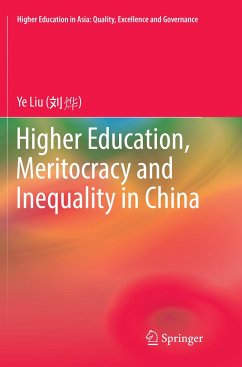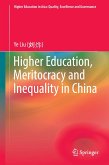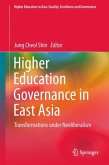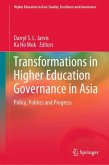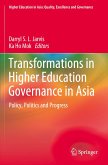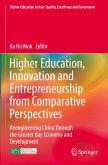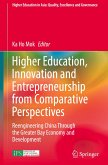This book investigates the changing opportunities in higher education for different social groups during China's transition from the socialist regime to a market economy. The first part of the book provides a historical and comparative analysis of the development of the idea of meritocracy, since its early origins in China, and in more recent western thought. The second part then explores higher education reforms in China, the part played by supposedly meritocratic forms of selection, and the implications of these for social mobility.
Based on original empirical data, Ye Liu sheds light on the socio-economic, gender and geographical inequalities behind the meritocratic façade of the Gaokao ( ). Liu argues that the Chinese philosophicalbelief in education-based meritocracy had a modern makeover in the Gaokao, and that this ideology induces working-class and rural students to believe in upward social mobility through higher education. When the Gaokao broke the promise of status improvement for rural students, they turned to the Chinese Communist Party and sought political connections by actively applying for its membership. This book reveals a bleak picture of visible and invisible inequality in terms of access to and participation in higher education in contemporary China. Written in an accessible style, it offers a valuable resource for researchers and non-specialist readers alike.
Based on original empirical data, Ye Liu sheds light on the socio-economic, gender and geographical inequalities behind the meritocratic façade of the Gaokao ( ). Liu argues that the Chinese philosophicalbelief in education-based meritocracy had a modern makeover in the Gaokao, and that this ideology induces working-class and rural students to believe in upward social mobility through higher education. When the Gaokao broke the promise of status improvement for rural students, they turned to the Chinese Communist Party and sought political connections by actively applying for its membership. This book reveals a bleak picture of visible and invisible inequality in terms of access to and participation in higher education in contemporary China. Written in an accessible style, it offers a valuable resource for researchers and non-specialist readers alike.

